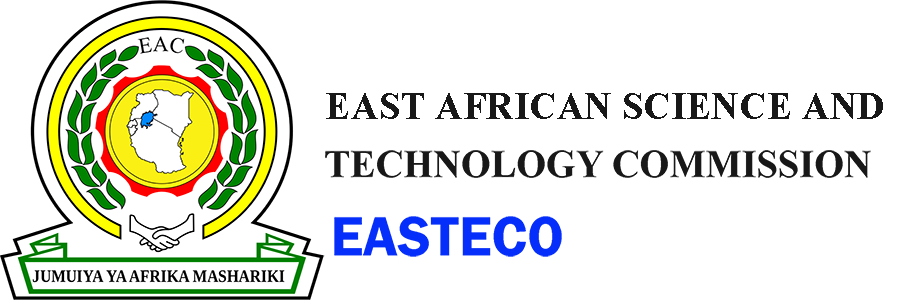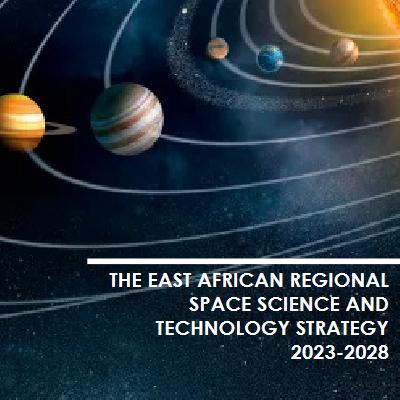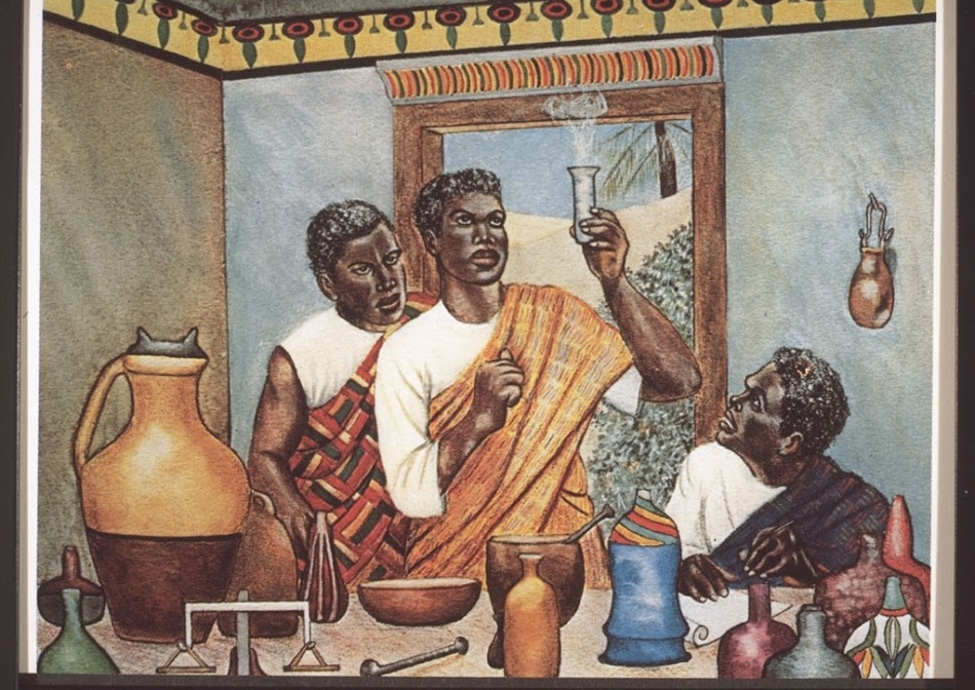The EAC Partner States as members of the World Trade Organization (WTO) are obliged to comply with the Agreement on Trade Related Aspects of Intellectual Property Rights (TRIPs Agreement). EAC Partner States have recognized the importance of using science, technology and innovation to achieve sustainable growth through the EAC Vision 2050. Protection of IP creates incentive for more knowledge and technology generation as scientists and other creators are recognized and rewarded.
The potential value of IP will be derived from commercialization of protected products and services. Regional approach to IP protection will benefit international trade facilitation and will provide harmonized rules for registration of IP rights within a given region contributes to ease of international trade. A regional cooperation framework would foster the harnessing of complementarities and
pooling of resources for collective enhancement of the IP development effort like capacity building: administration of rights; skilled human capital; and physical and technological infrastructure.
The harmonisation of existing IP legislations, regulations and rules will strengthen the development, exploitation and monitoring of IP content at regional level and will also foster the creation of bilateral development strategies and programs on specific IP-related issues. This policy will complement ongoing Partner State efforts in technology development, transfer, adaptation and diffusion. The acquisition and application of technologies for value addition and other economic enterprise is critically dependent on IP. The IP protection will provide an incentive for increased innovation and creativity as inventors and creators are recognized and rewarded for their efforts. This policy will also encourage technological innovation and creativity, as well as promotion of industrial and commercial use of inventions, in order to contribute to the social, cultural, economic, industrial and technological development of the EAC Partner States.
The IP policy development process followed below steps: assessment of the current IP situation in the EAC, through a combination of Participatory Analytical Techniques (PAT) of consultation; compilation and analysis of primary (survey) and secondary (literature review) information/data captured from comprehensive assessment of IP situation in Partner States; benchmarking and reviewing of IP ecosystems in other regional and international communities for purposes of benchmarking the prevailing situation in the EAC; preparation and of interim Report on the status of the IP situation in the EAC region; presentation of Draft EAC Regional IP Policy to stakeholder’s at Regional Validation Workshop convened by EASTECO management; and the final draft EAC Regional IP Policy presented to EASTECO Governing Board.














